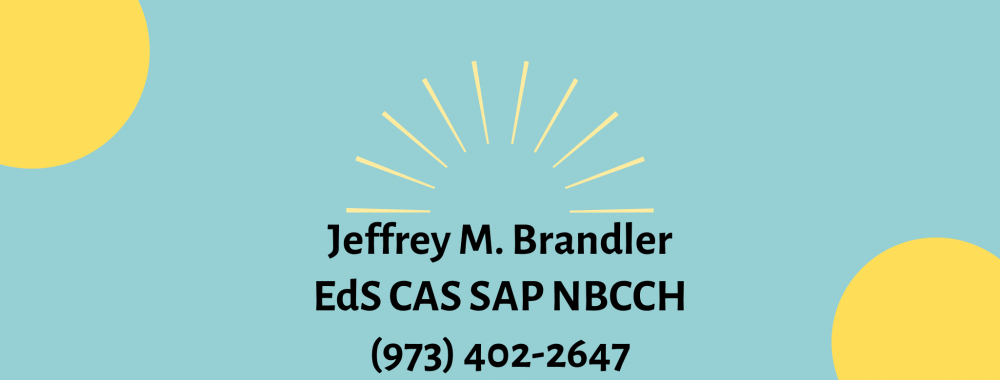“Life is complex.
Each one of us must make his own path through life. There are no self-help manuals, no formulas, no easy answers. The right road for one is the wrong road for another…The journey of life is not paved in blacktop; it is not brightly lit, and it has no road signs. It is a rocky path through the wilderness. ”
― M. Scott Peck
Many years ago, before the gps was invented, I got directions to go to a family party. The trip was going well, and we were right on time. Unbeknownst to me, the road that we were on was about to end (this part was not in the directions). We were faced with two choices–go left or go right. We sat at the stop sign, trying to figure out the best option. Ultimately, we turned right. This was was in fact wrong and proceeded to drive off course. After driving around for a while, we eventually righted our course and arrived at our destination.
Each and every day, many of us arrive at that stop sign with a left or right turn option. It looks like this:
Every day, we can decide to change or not to change. We talk about it all the time ” I should go to the gym” , “I should get a new job” ,” I should lose weight”. We “should” on ourselves but ultimately don’t do anything. Change is hard. I think the decision process looks like this:
Our “”change/no change” slide tells the story. On one hand, it would be so much better for me to change–I’d feel better, but it’s scary and unknown. On the “no change side”, it’s familiar, but as Henry Ford said “if you do what you’ve always done, you’ll get what you always got”. “No change” keeps us stuck! The hardest part about this “stuckness” is that I know intellectually that making any change is going to be better, but because I’ve projected way way down the path it looks very scary. Staying right where I am usually wins out.
Let’s look at a concrete example of this. It’s the new year, and I’ve put on a few pounds from the holidays. It’s time to lose weight. Let’s look at our change/no change view:
The “change” side speaks loudly:The pants are getting tighter, I hate how I look in the mirror, I know it would be medically better to lose these pounds, but to do this I have to sacrifice. Am I willing to sacrifice my comfort, my ability to be “comfortably numb”? Do I really want to exercise and not eat what I want? Can’t I just work around this by getting bigger pants or not ever look in the mirror? Day after day, I argue with myself. My head is like a giant seesaw going back and forth between change and no change options.
We can continue in this state of ambivalence for a long time. It can go on and on and on until we make a decision to do something. Sometimes change occurs just by taking any type of action. In our weight loss example, the action may have little to do with food or exercise. It may be a decision to read or not sit on the couch endlessly. Small change leads to bigger change. Bigger change ultimately leads to the changes that we want.
In addition to doing something, making a commitment to change sets up some accountability. In our weight loss example, joining a program (i.e. Weight Watchers, Jenny Craig, Nutrisystems, Over -Eaters Anonymous) allows us to “put our money where our mouth is”(literally) and commit to the opportunity for change. Another way that commitment can work towards change is by telling people.Tell your friends, relatives, co-workers, and social media universe about your plans for change(i.e. I’m going to lose 20 pounds this year). Ask them to check up on you about your change. This accountability strategy can give you a little oomph towards your goal. We will definitely feel embarrassed if three months from now, my support people ask about weight loss, and there is no change. Guilt and shame prevention is a good thing! If we pay money and tell people about our changes, we’ve started to tilt that see-saw towards the change side.
We are now a technological society. We have a gps to help us to find our way when we are lost. There is no electronic device that can change our default ambivalence settings. We have to decide daily that change is better than no change. Change is do- able. Change is possible. Make change happen.

